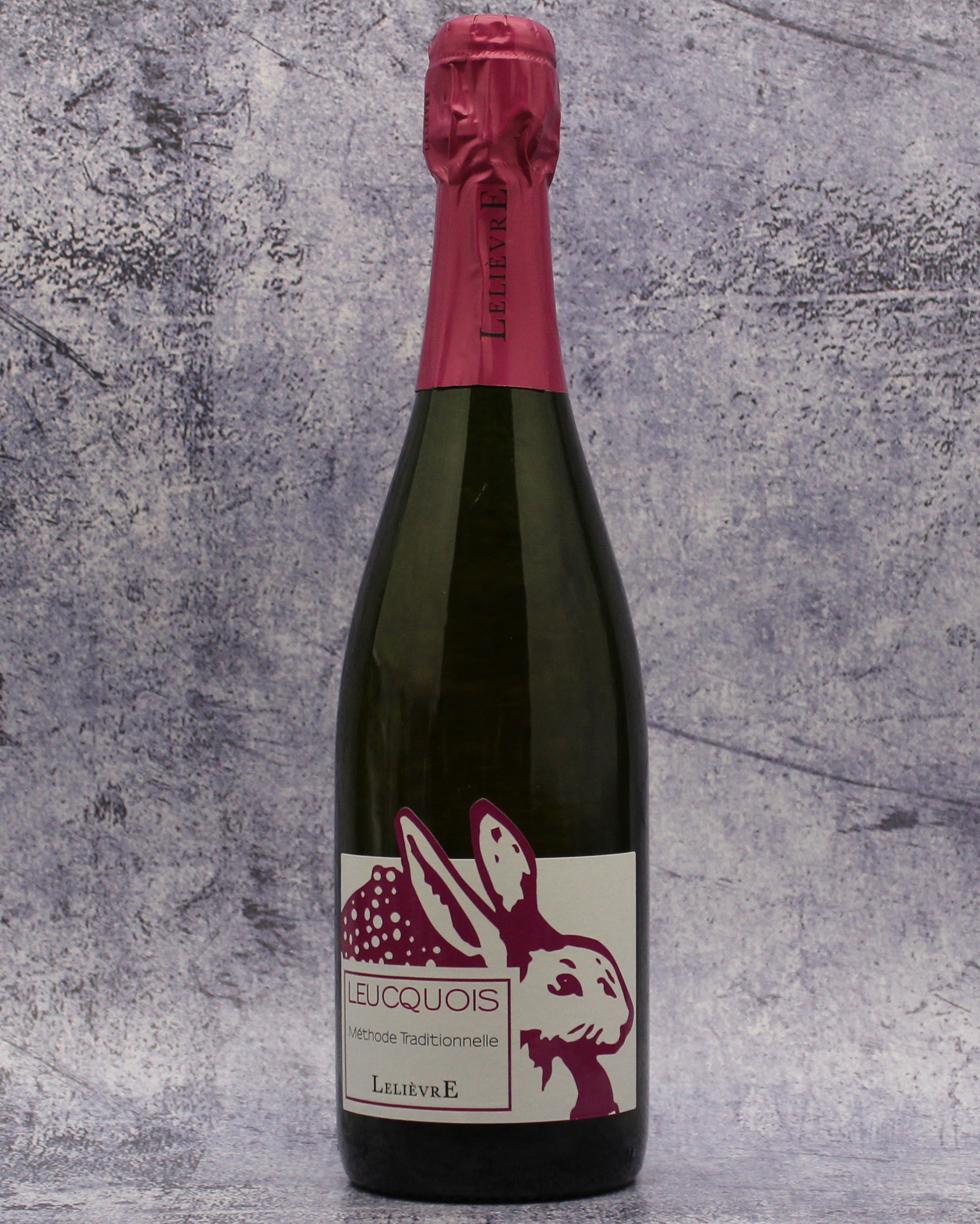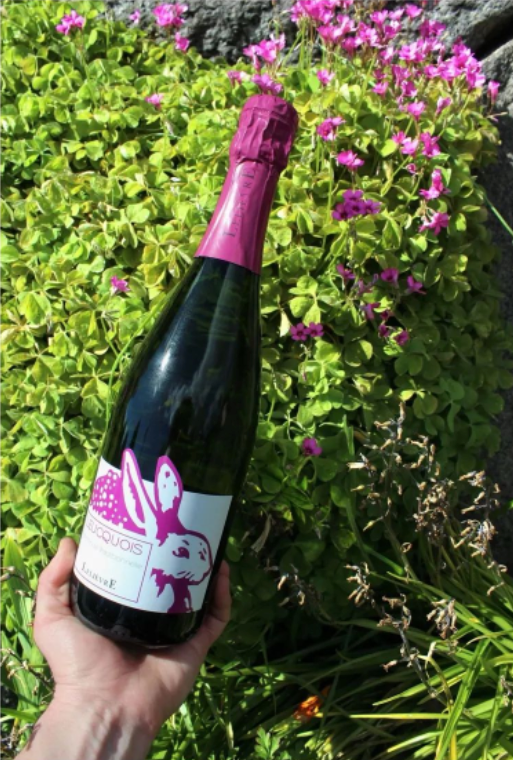Description
From: Lorraine, France (in between Alsace and Champagne)
Varietal: Gamay
Tasting Notes: This is sparkling Gamay Noir, with bright red raspberry fruit, wild strawberry, rose water and a dry, herbal finish. Crushably tasty, and an extreme value for biodynamic pink fizz.
Pairing: Quiche Lorraine! You’re solidly in quiche country, so pair away with all the egg-y and pastry dishes to your hearts content. Café Campagne makes a beautiful Dungeness Crab Quiche when they’re open for take-out, and if making a whole Quiche feels daunting, a French rolled Omelet works beautifully as well.
The Lelièvre domaine was founded in the town of Lucy in the Côtes de Toul in 1971 after Jean Lelièvre decided to vinify and bottle the family’s grapes instead of selling them to neighboring winemakers. The family farms Auxerrois, Gamay, and Pinot Noir, producing three still wines and one sparkling wine. The domaine is now operated by brothers, Vincent and David Lelièvre whose passion for the Côtes de Toul appellation and their family’s legacy is irrefutable.
While the appellation only recently received official AOC status in 1998, the history of the region as a wine-producing area goes back centuries. Vines were originally planted in the Moselle region of Gaul by the Romans. The vines were planted on the hillsides of the Moselle in the region’s alluvial clay-limestone soils. The vines flourished to over 50,000 hectares in the region by 1860. Unfortunately, the fate of the region became unclear starting in 1870 when phylloxera plagued the region. This devastation followed by the French-German wars of 1870, 1914, and 1939, proved to be hard on vignerons and by 1951, there were only 30 hectares of vineyards left. Today the Lelièvre domaine grows in three of the appellations communes of production, Lucey, Bruley, and Blénod-lès-Toul, producing vin blanc, vin de gris, and vin rouge.
Once flourishing, vineyards in the Alsace/Lorraine area were destroyed by 3 consecutive French-German wars before being revived in the early 1950s by several local families, including the Lelièvres. Nearly 70 years later, vines are blossoming and the Cotes de Toul appellation is back on the map, benefiting from a "cuesta" topography similar to that of Burgundy.


